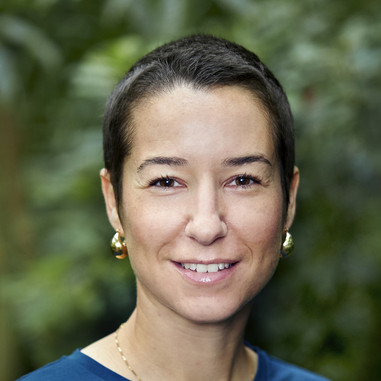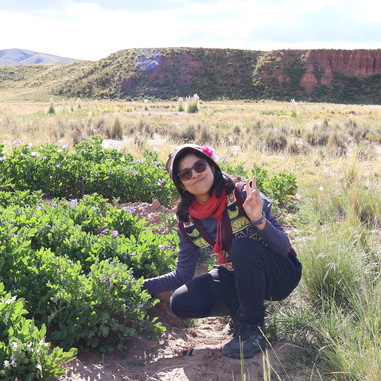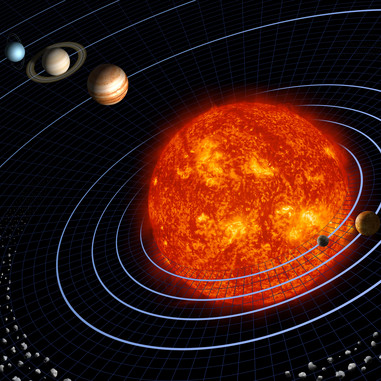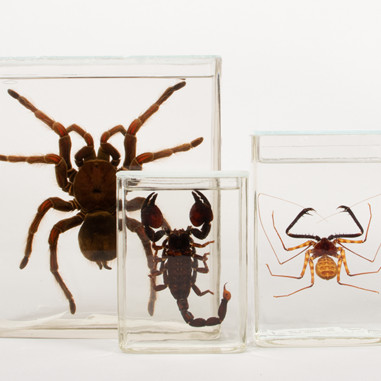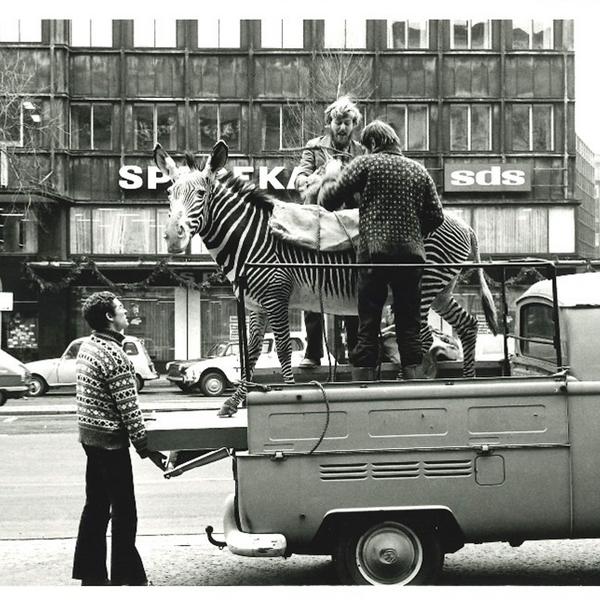
A conservator's nightmare
By Abdi Hedayat
Conservators are often asked which tasks have been the biggest, most fun, heaviest to lift, most boring or the hardest to perform. There are plenty of examples to choose from, when the museum you work for collects whale skeletons, exhibits walruses and rainforest vegetation. When placed in a showcase or safely in a storage cabinet, very few risks threaten an object. The instant an object needs handling and moving, a variety of risk factors can result in damage and destruction.
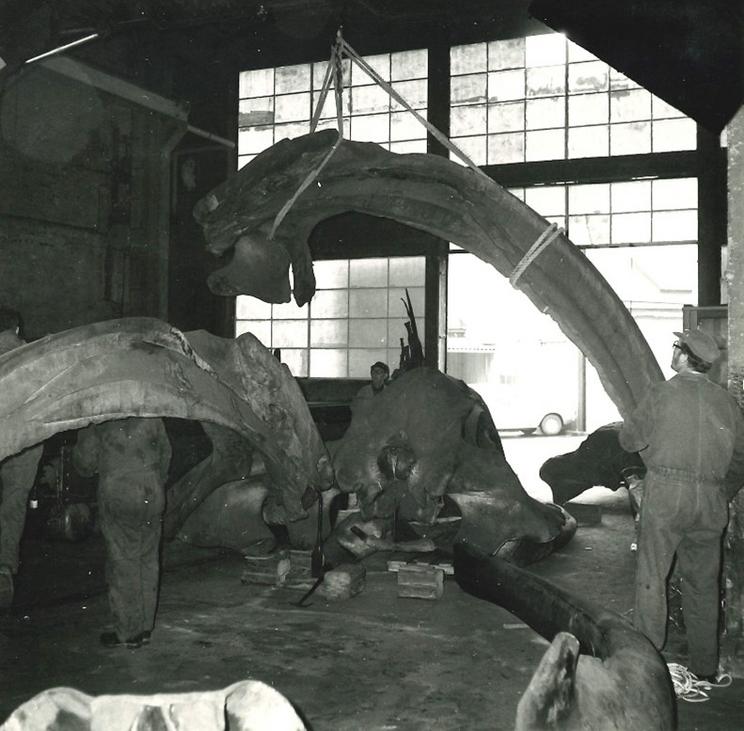
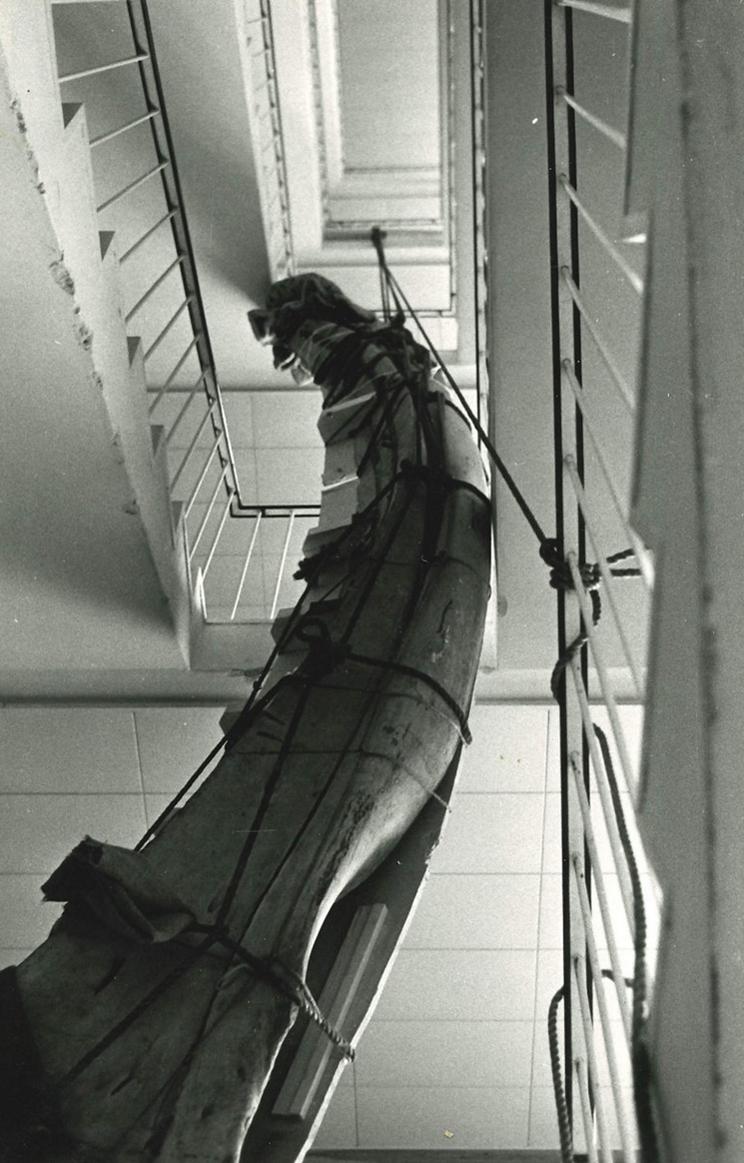
Small and easy to handle specimens can be packed thoroughly and moved carefully without hazards. The headache begins when the task is to move a complete and articulated skeleton of a bowhead, from Zoological Museum exhibitions on 6th floor to the new museum under the Botanical Garden. Careful planning is the key to success, and searching the museum's vast archives for inspiration and overview is necessary. The conservators serving at the museum have a long history of documenting their work, thus it was a pleasure to look through the black and white photo album named “Oceanhall”, showing photos of the tremendous work it was, from bringing the disarticulated skeleton from external storage on Titangade, to final mounting in the ocean hall.
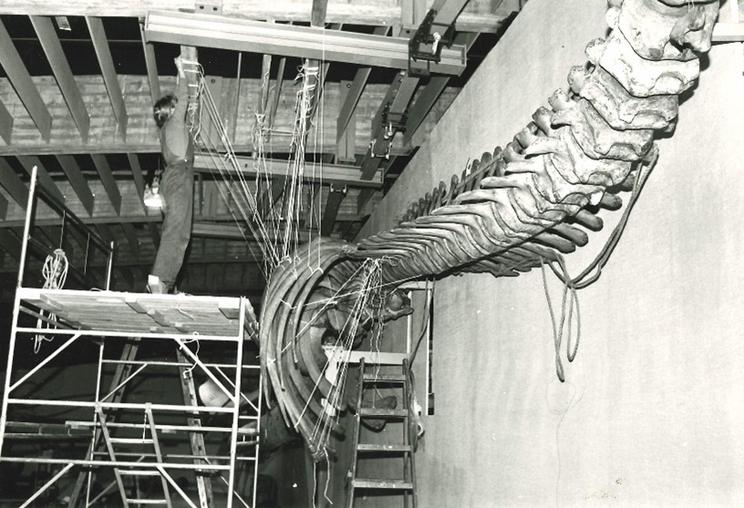
And finally getting to the point; the concern and nightmare of every conservator; the staircase connecting Zoological Museum's workshops and exhibitions…
When Zoological Museum was initially planned, the exhibitions were placed on the top floors, the philosophy being that columns carrying the weight of upper floors would be avoided, thus allowing the exhibitions to be presented in large open halls. First thing, that happened though, while planning the exhibitions, was that the open halls all were divided in smaller rooms by the aid of walls and barricades, to create an intimate and labyrinth like atmosphere. The workshops on the other hand were placed in the very lowest floor. The reason was partially to save the rest of the museum from the foul smell that working with diseased animals can produce. Having the workshops on ground level had of course the opposite effect, and some colleagues from entomology on 4th floor, have built up quite some nasal experience and can tell whether it is whales, polar bears, or otters that are being macerated
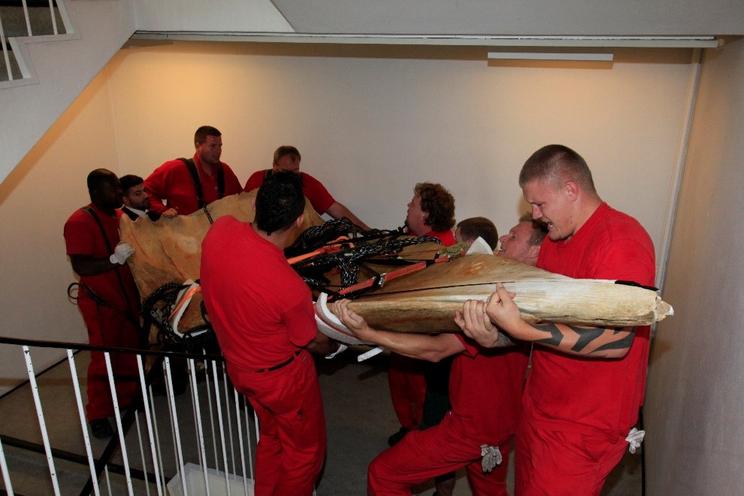
The elevator connecting workshops and exhibitions was not designed to carry whales. This means that every single whale on exhibit has been brought up the stairs. When the skeleton of the bowhead is disarticulated in 2023, it will be carried down the stairs. When the skeleton was transported to the exhibitions back in 1974, it was disarticulated. During the mounting, the skeleton was stabilized with the use of tons of iron glued to the bones by using epoxy, an irreversible adhesive, once hardened it can only be taken apart mechanically. The surface of the skeleton was likewise consolidated with epoxy. 50 years have passed since the skeleton was mounted for display, in an exhibition that was never thought to be taken apart. The museum faces a new era and the bowhead will once again be disarticulated, packed, moved, and mounted in a new museum. More to come!
